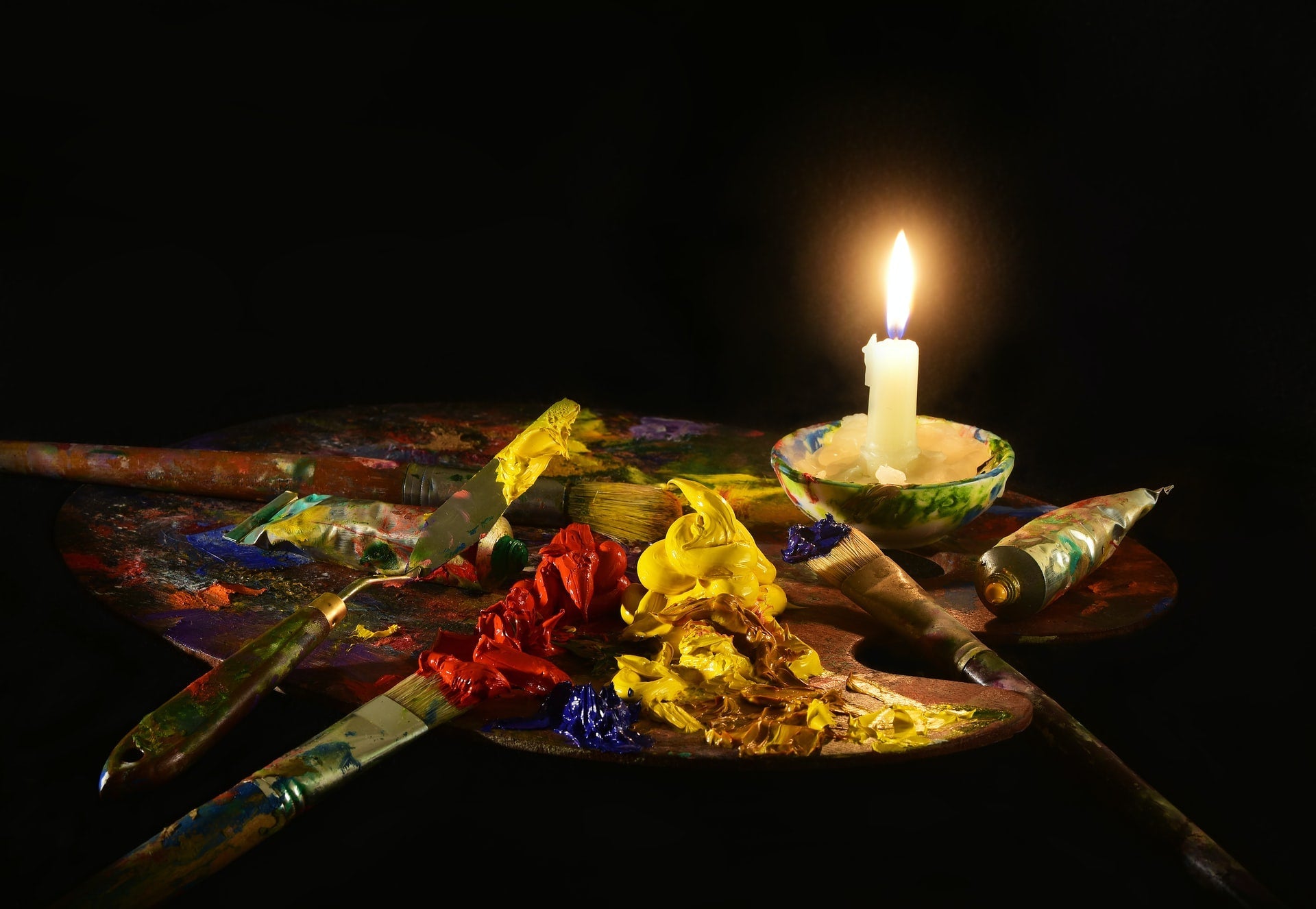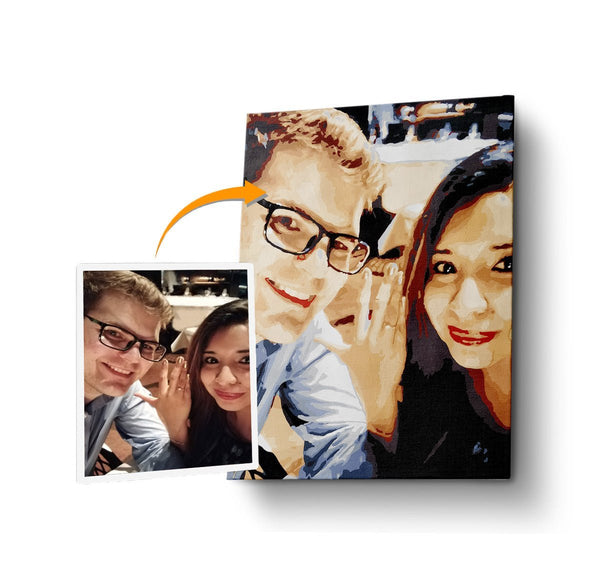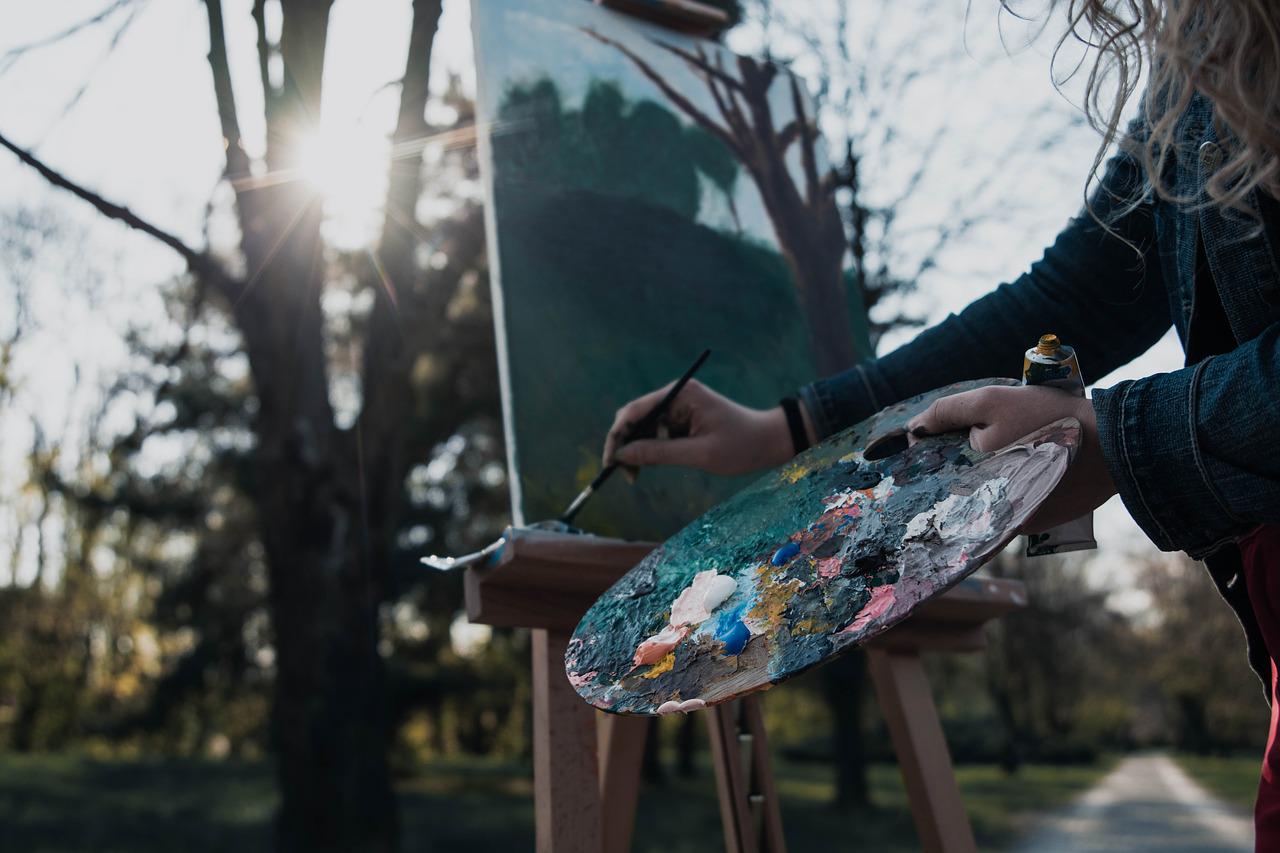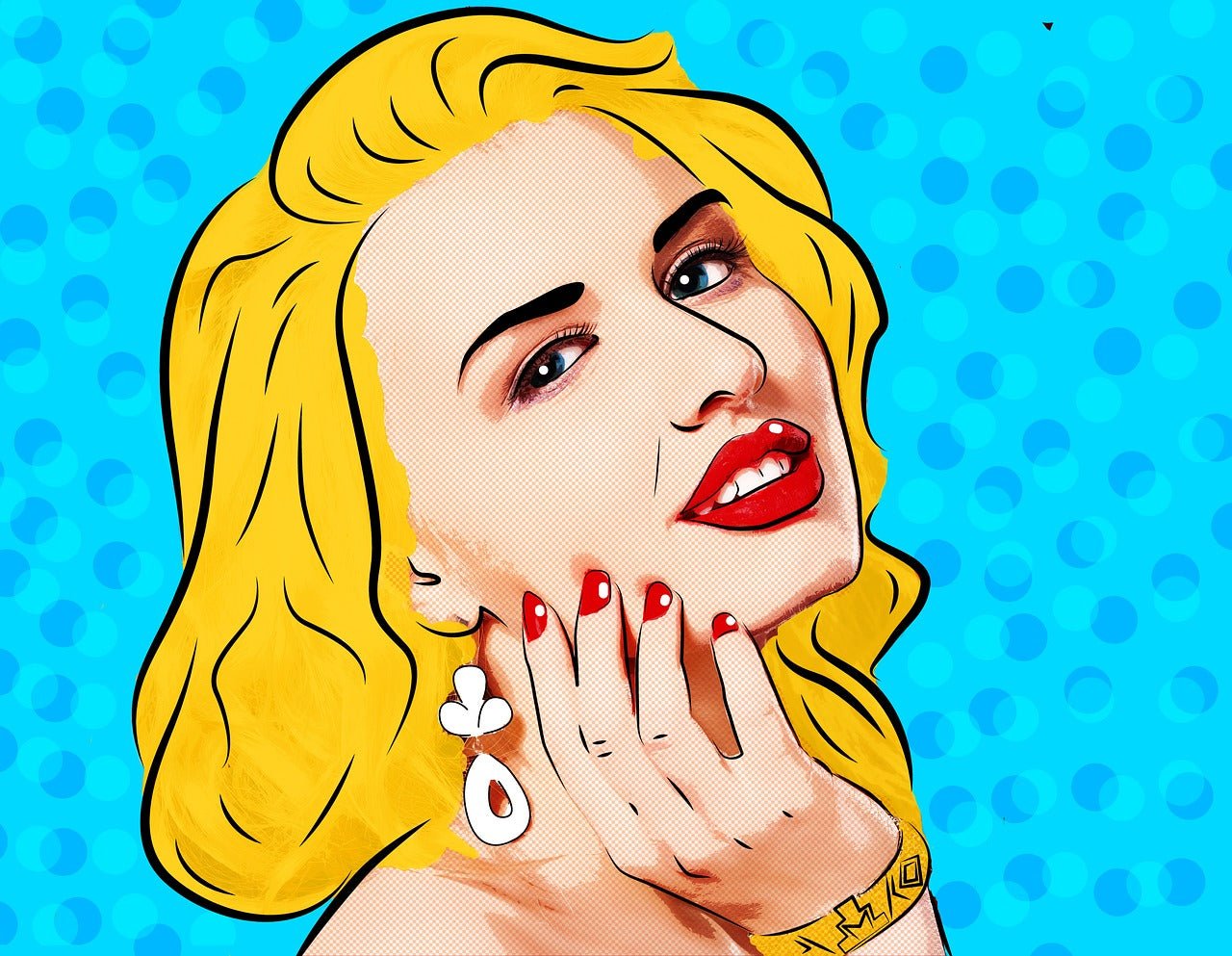
Art History 101: Who Created Oil Painting?
Every painting medium has different characteristics, distinct features, texture, and overall finish. Long before acrylic paints were introduced, oil paints were the most popular and dominant medium for centuries. Oils were used by the most prominent painters of all time, including Leonardo da Vinci, Rembrandt, Vincent van Gogh, and Paul Gauguin.
The origins of oil painting started in Northern Europe back during the 15th century and by the Renaissance period, it had become the most used medium in paintings due to its high stability, textural variation, and slow-drying quality, which allowed painters to paint for longer periods. Although this major event of transitioning from tempera medium to oils happened in the 15th century, historians discovered that oils were used as early as the 7th century, though not as popular.
The beginnings of oil painting may be traced back to the 7th century. Walnut or poppy oil, as found in 2008, was utilized in the ancient cave paintings in Bamiyan, Afghanistan. It was later found that oils have been a part of Europe’s rich art history based on 11th-century records. With the medium’s blurry timeline, many people have been asking who created the oil painting. One way to find out is by reading this article so keep on reading to learn more!


Before oil painting became popular, naturally-occurring pigments, as well as tempera, were used as a painting medium. The latter was the most common one, and it was used in a lot of paintings that we all know and love to this day such as Sandro Botticelli’s The Birth of Venus and Duccio’s Madonna and Child.
Tempera was the most common one during the Medieval Ages, a period before the Renaissance, and this medium is often mixed with egg, hence why it is often called egg tempera. Unlike the beloved oils, tempera paint dries quite quickly. It is often used in the light, semi-opaque, or translucent coatings. Although it dries with a nice matte finish, this medium rarely has the rich color saturation that oil paintings may obtain because they cannot be put in thick layers like oil paints.
A Brief History of Oil Paints
Before we get into answering the question, “who created oil painting?” Let’s have a quick overview of how oil paints became popular in Europe during the Renaissance.
The method of canvas painting with oil colors is directly descended from its predecessor, which was painting with egg tempera. Basic advancements in linseed oil refinement and the access to various chemicals after 1400 combined with the necessity for a medium other than pigments mixed with egg fulfilled the changing needs of the Renaissance.
With the beginning of the Renaissance period in Europe, which fostered the reemergence or "rebirth" of classical antiquity's arts, philosophy, and literature, artists needed something new and a medium that would change the history of arts forever.
The shift from tempera to oils in Northern Europe during the beginning of the 15th century, and then in Italy around the end of the fifteenth century, produced a large number of artworks in which the preparatory work was done in egg tempera. Initially, oil paints and varnishes were used to coat tempera paintings that had been created in the conventional linear draftsmanship style. Later stages, such as thin translucent glazes, were done using oils. There are, however, other works in which egg and oil are combined in the same layer.

Oil paint became the primary painting medium in Venice in the 16th century. By the turn of the era, Venetian painters had mastered the basic qualities of oil painting, notably the employment of repeated layers of glazes. After a lengthy period of growth, linen canvas has surpassed wood panels as the most preferred surface.
This offered the painters more freedom with the arrangement and expressiveness of the creations, allowing for a looser painting style. The most notable painters during this era who mastered the use of oils in their art were known as The Triumvirate: Titian, Tintoretto, and Veronese.
Later on, during the 17th century, the use of this medium introduced various painting techniques. The Dutch painters were the spotlight of this era and to make economically-viable artworks, the approach of Dutch 17th-century artists utilized numerous standard materials and techniques in a very systematic manner.
Artists at the time used to save and reuse the leftover pigments and oil in their brushes to prepare the first layer of their painting. Techniques such as imprimatur, dead coloring, and chiaroscuro were also introduced and popularized by painters such as Rembrandt, Diego Velázquez, and Caravaggio.


While portraits were still popular by the 18th and 19th centuries, landscape painting became a major genre through the Impressionist technique of en Plein air popularized by artists such as Claude Monet, Edgar Degas, and Edouard Manet. Rococo and Neoclassical art were also popular art movements at the time, however, this era became the age for unconventional by breaking free from the ideals set by the Old Masters of the Renaissance. The 19th century also saw the emergence of a variety of unique types of oil painting, all of which were considerably enhanced by advancements in the variety of colors, quality, and production techniques of oil.
From the 20th century to this day, more than 600 years after it was introduced and developed, oils remain to be one of the most popular medium choices by many artists all over the world. It is arguably the medium that has witnessed the most genres and developments in art history–from portraiture to historical paintings, to mythological and biblical narratives, to landscapes, and abstract art. With this short history, one might start to ponder, who created oil paintings? Let's find out.

Who Created Oil Painting?
The long history of oil painting is highly attributed to Jan van Eyck, a Flemish painter. He popularized and mastered the use of oils in paintings among Northern European and Italian painters. His meticulous detailing, as well as the laborious execution of opaque tempera underpainting and many coats of translucent oil glazes ranging from light to dark, ensured his artworks look dynamic due to the depth of color. Van Eyck's paintings popularized oil painting as a new medium to explore during the early Renaissance.
The credit as the inventor of oil paints was given to him about a century after his death by Florentine artist and historian, Giorgio Vasari. This credit lasted until the 19th century as historians regarded his “invention” as an oversimplification of the medium's real history, which could be traced back centuries before his birth.
While little is known about the artist's life, he was known as an artist, alchemist, and even a magician.


Conclusion
The glossy, rich, and creamy texture of oil paints give the edge to its competing mediums such as acrylics and watercolor. Its slow-drying properties, versatility, flexibility, and how it stands the test of time, prove why many artists choose this medium over the others. We hope that this article about who created oil painting has provided you with new knowledge about the history of the arts.




